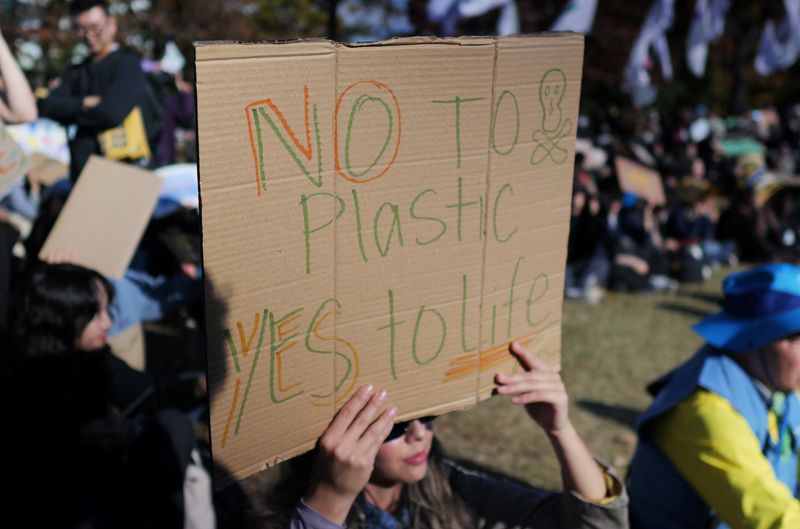Figuring out which savings account is best for students can be a daunting task. There are so many options available, and it can be hard to know which one is the right fit for you. In this blog post, we will outline the pros and cons of several different types of student savings accounts, so that you can make an informed decision about which one is right for you.
Different types of savings accounts and their benefits
One option for students is to open a savings account with their bank. This type of account usually has low or no fees and gives you the ability to access your money whenever you need it. Another benefit of this type of account is that most banks offer special rates on savings accounts for students.
Another option for students is to open a savings account with a credit union. Credit unions often have lower interest rates than banks, but they also offer other benefits, such as no or low fees and the ability to borrow money at low-interest rates.
Another option for students is to open a high yield savings account. These accounts typically offer higher interest rates than traditional savings accounts, but they may have higher fees or require a minimum balance.
Finally, some students choose to invest their money in a mutual fund or other investment accounts. This option can be risky, but it can also offer the potential for higher returns.
Why students should open a savings account
There are a few reasons why students should open a savings account. First, having a savings account can help you build your credit history. Second, having a savings account can help you save money for emergencies or other expenses. Third, many banks offer special rates on student savings accounts, so it can be a good way to earn extra money.
There are a few things to keep in mind when choosing a student savings account. First, consider the fees and minimum balance requirements. Second, think about how easy it will be to access your money. Finally, compare interest rates to find the best deal.
Which savings account is best for students
There is no one-size-fits-all answer when it comes to choosing a student savings account. The best account for you will depend on your individual circumstances and financial goals. However, we generally recommend opening a savings account with a bank or credit union. These types of accounts typically offer low or no fees and give you the ability to access your money whenever you need it. If you are looking for a high yield savings account, we recommend checking out the rates offered by different banks and credit unions to find the best deal. And if you are considering investing your money, be sure to consult with a financial advisor to discuss your options and risk tolerance.
Tips for saving money in a student’s savings account
There are a few things students can do to make the most of their savings account. First, set up automatic transfers from your checking account to your savings account. This will help you to automatically save money each month, without having to think about it. Second, make a budget and stick to it. This will help you to track your spending and make sure that you are putting enough money into your savings account each month. Finally, consider using a savings account with a high-interest rate to earn more money on your savings.
Conclusion
Choosing the right student savings account is an important decision. Be sure to consider the fees, minimum balance requirements, and interest rates before making your decision. And remember, the best account for you will depend on your individual circumstances and financial goals.
Further questions
What's your question? Ask it in the discussion forum
Have an answer to the questions below? Post it here or in the forum
Nuclear energy could be the long-term solution for the energy demands of AI. In the short-term, though, AI companies may turn to oil and gas.
I ignored my Dad's advice about saving money and investing until I saw him retire a decade before his peers. Now, I've asked how he did it.
Black Friday comes early this year for Charlotte Tilbury. Bestselling products and gift sets are both up to 40% off.

